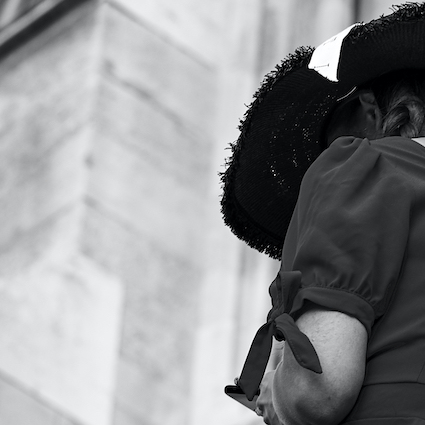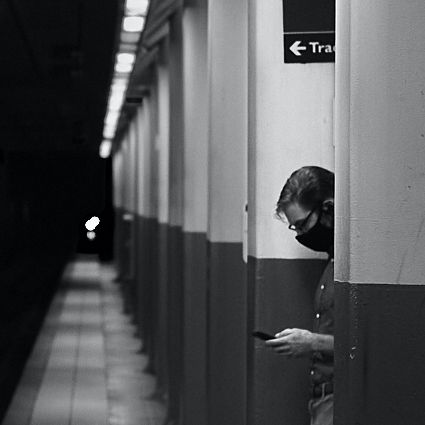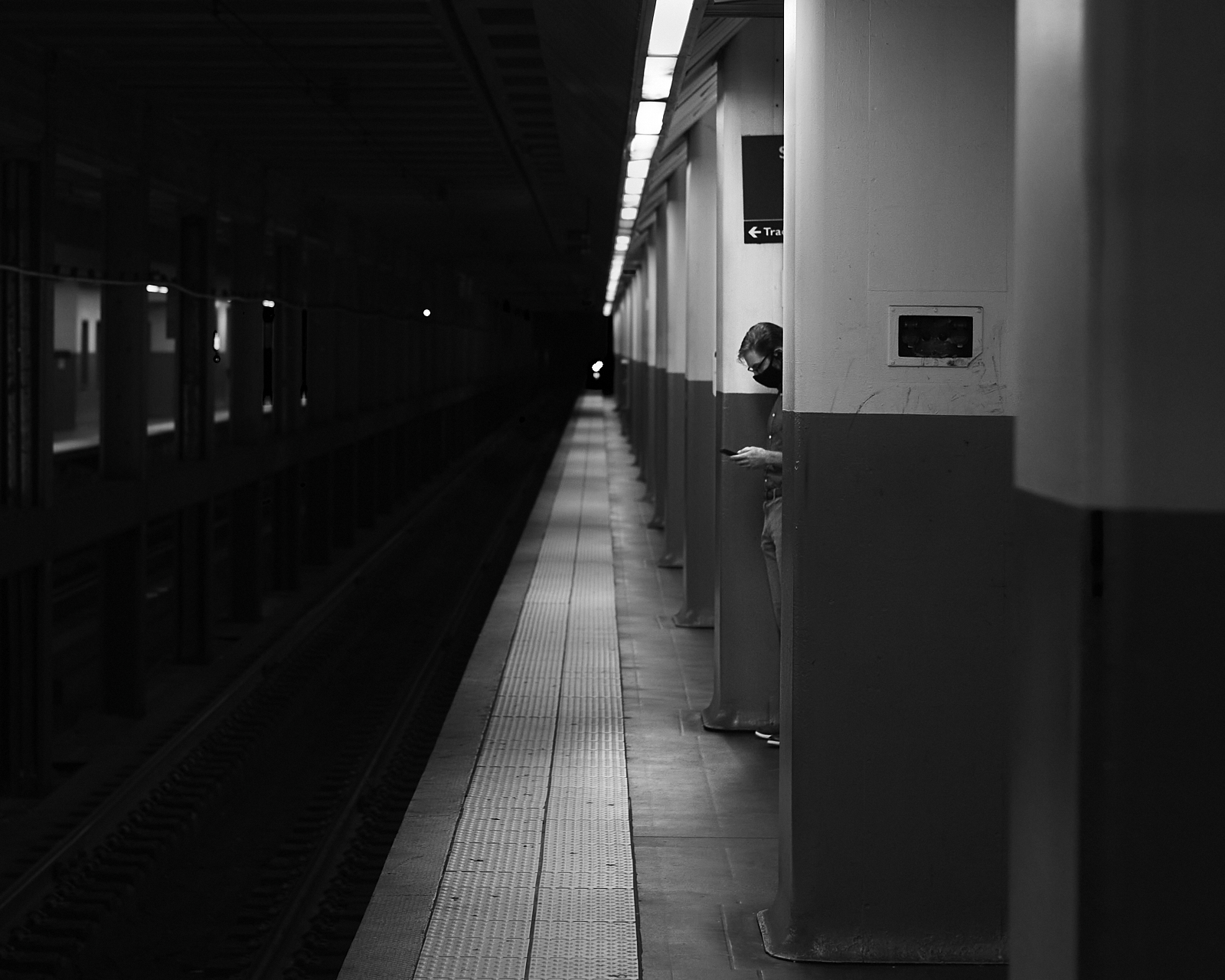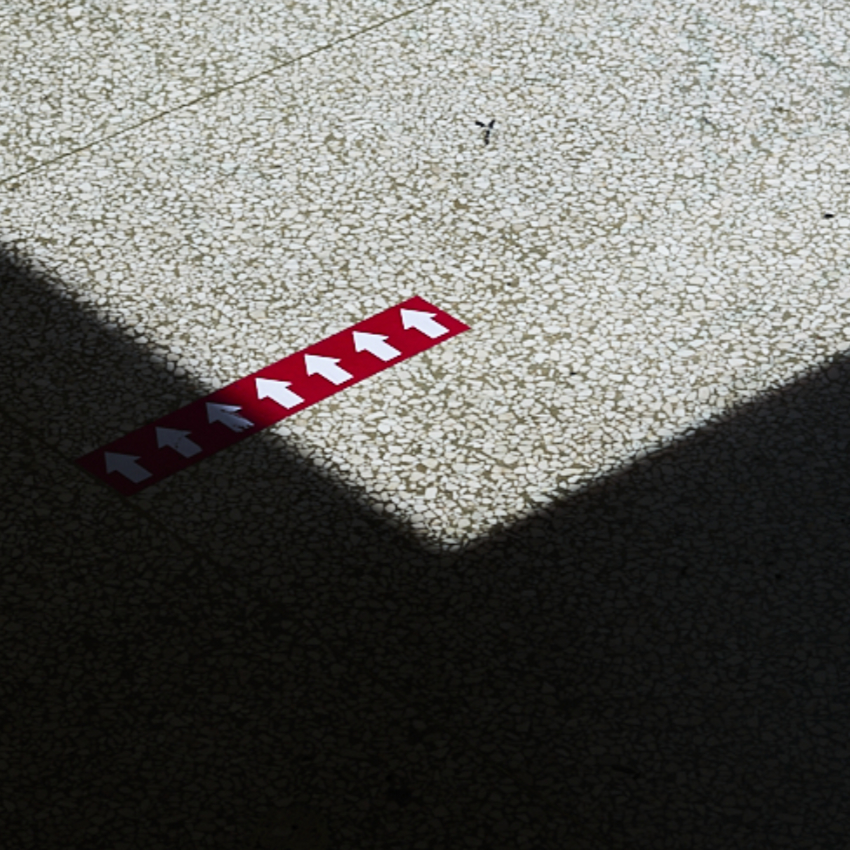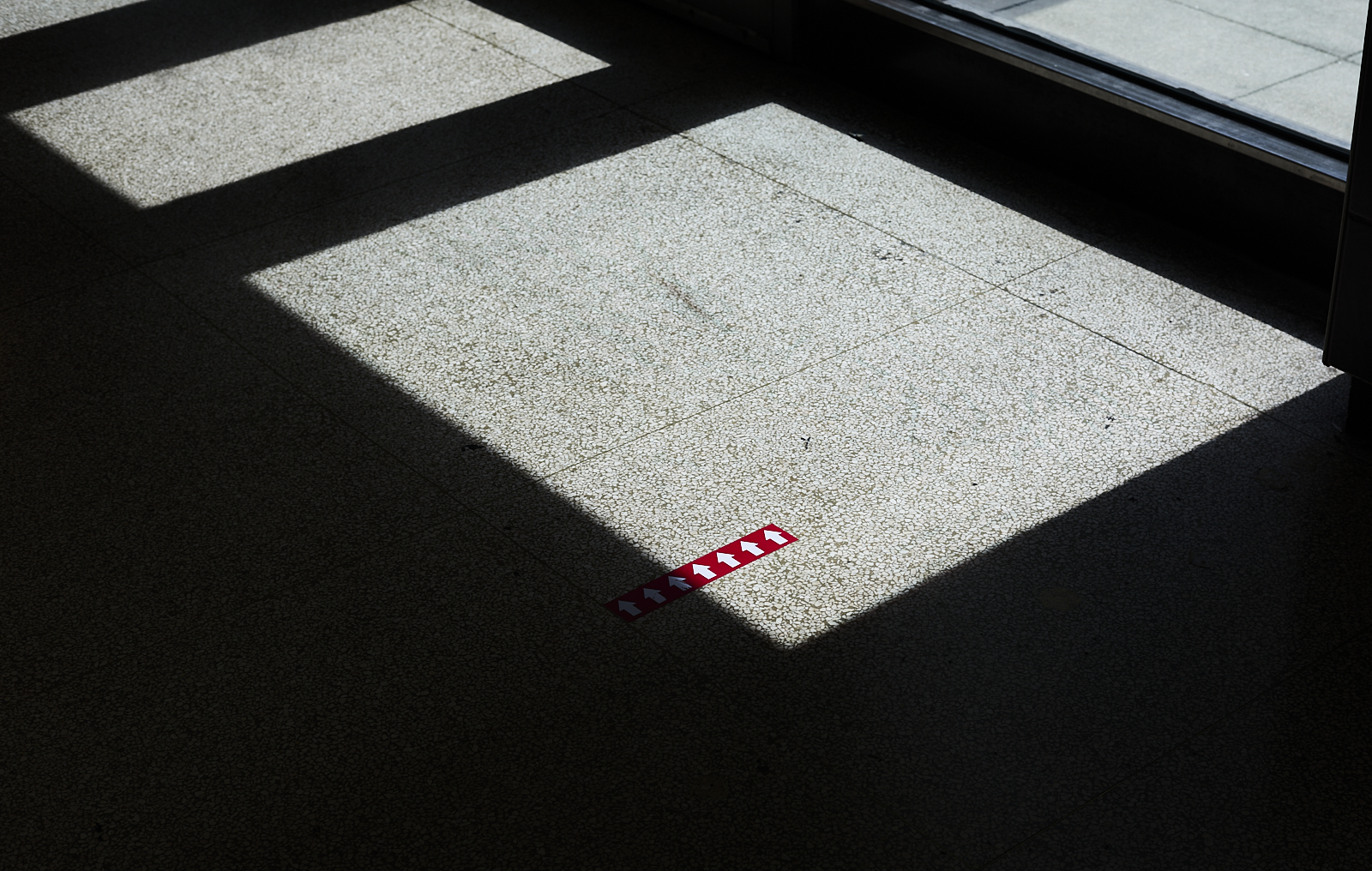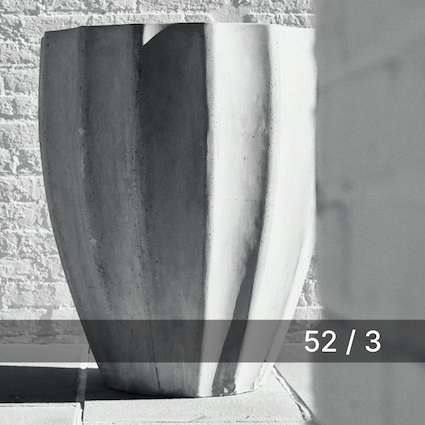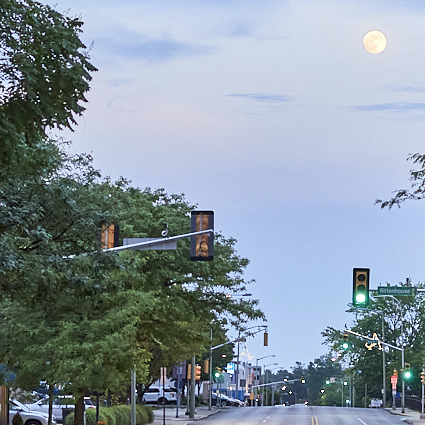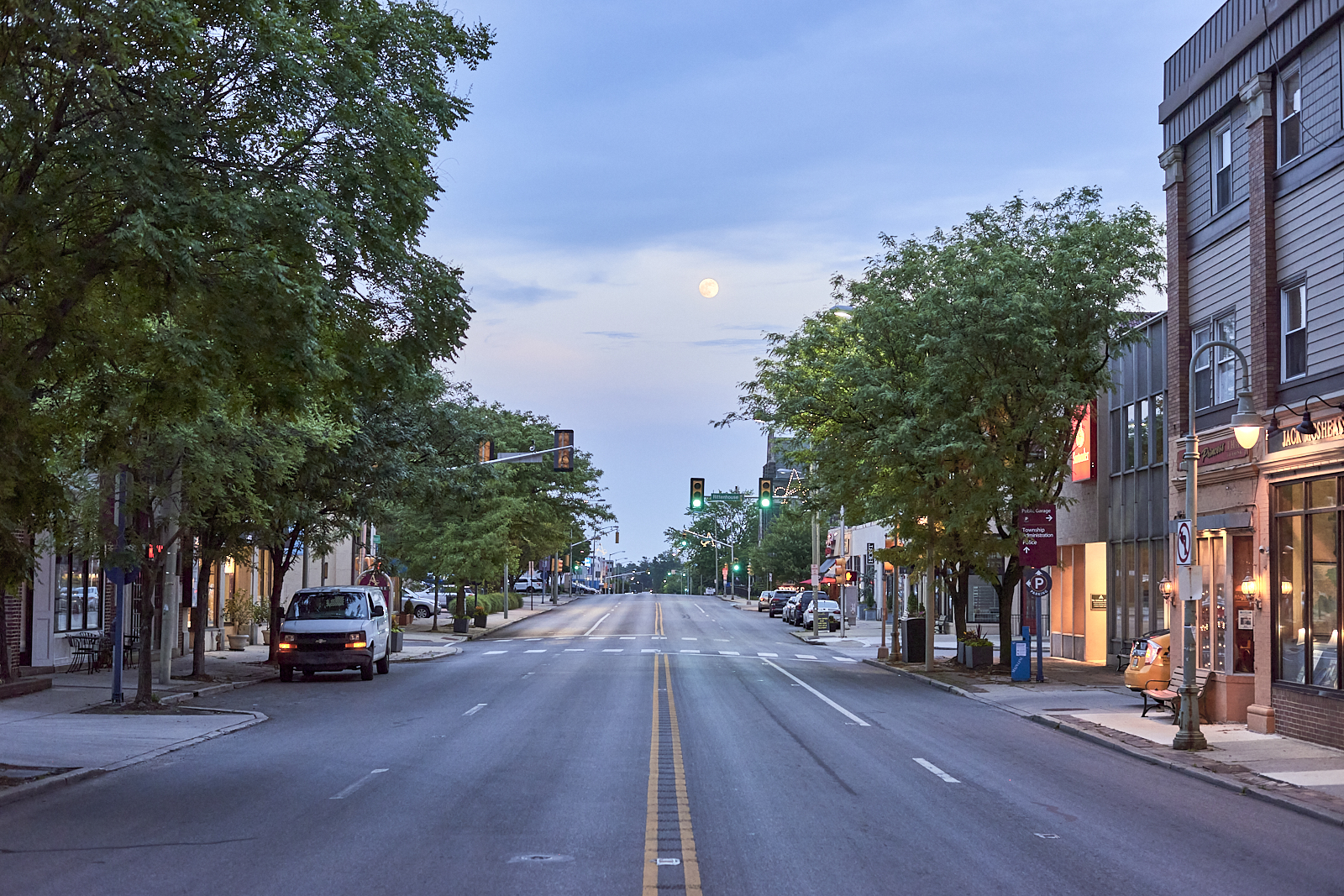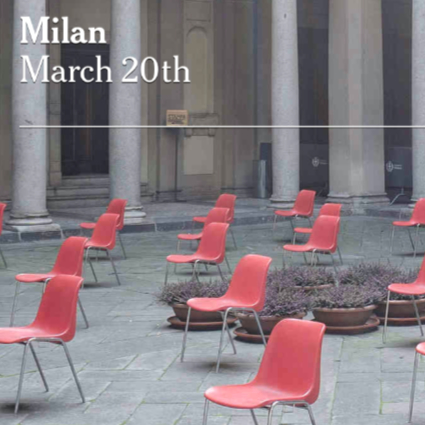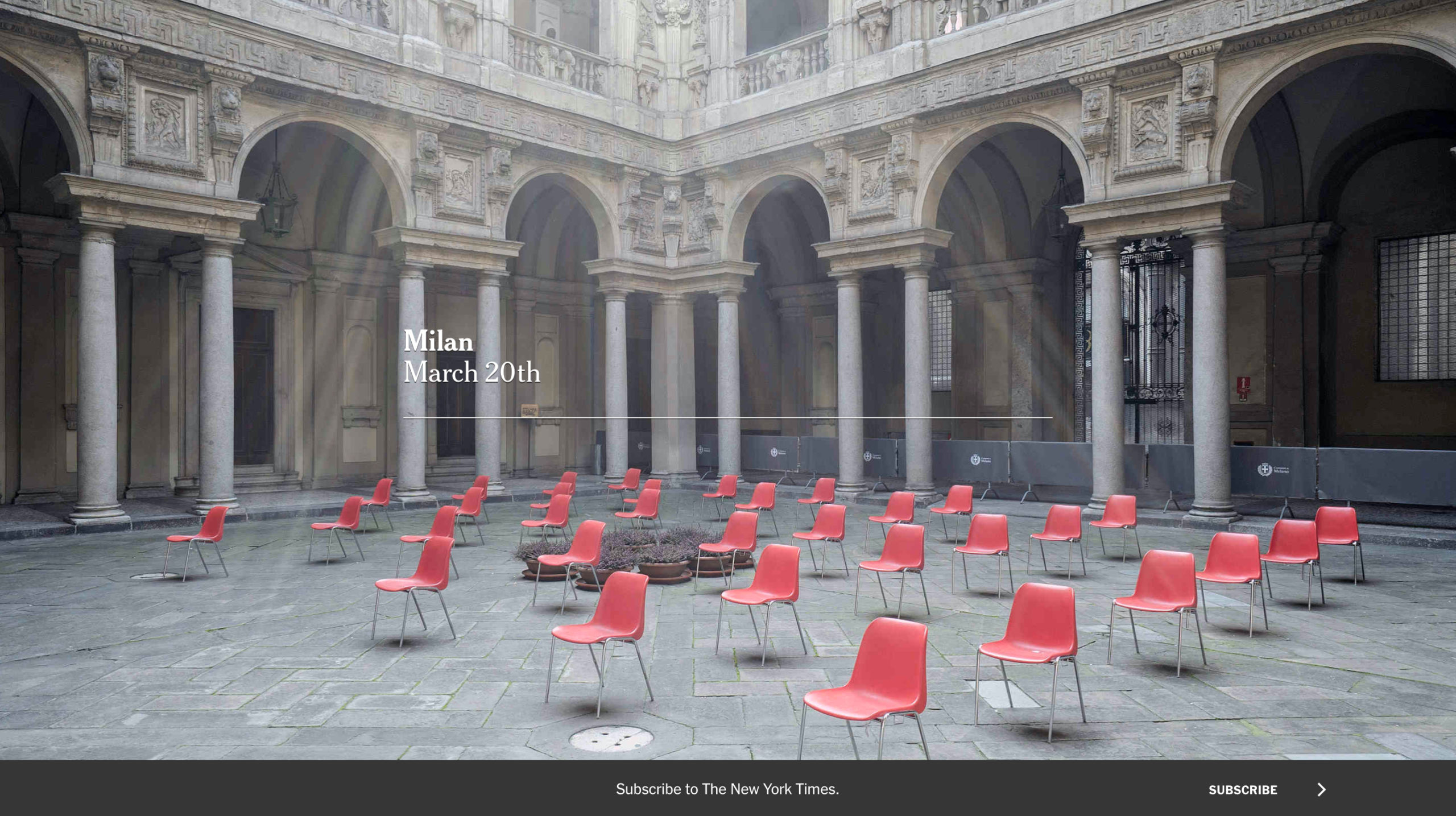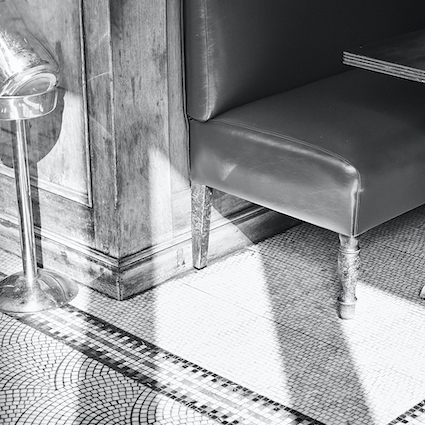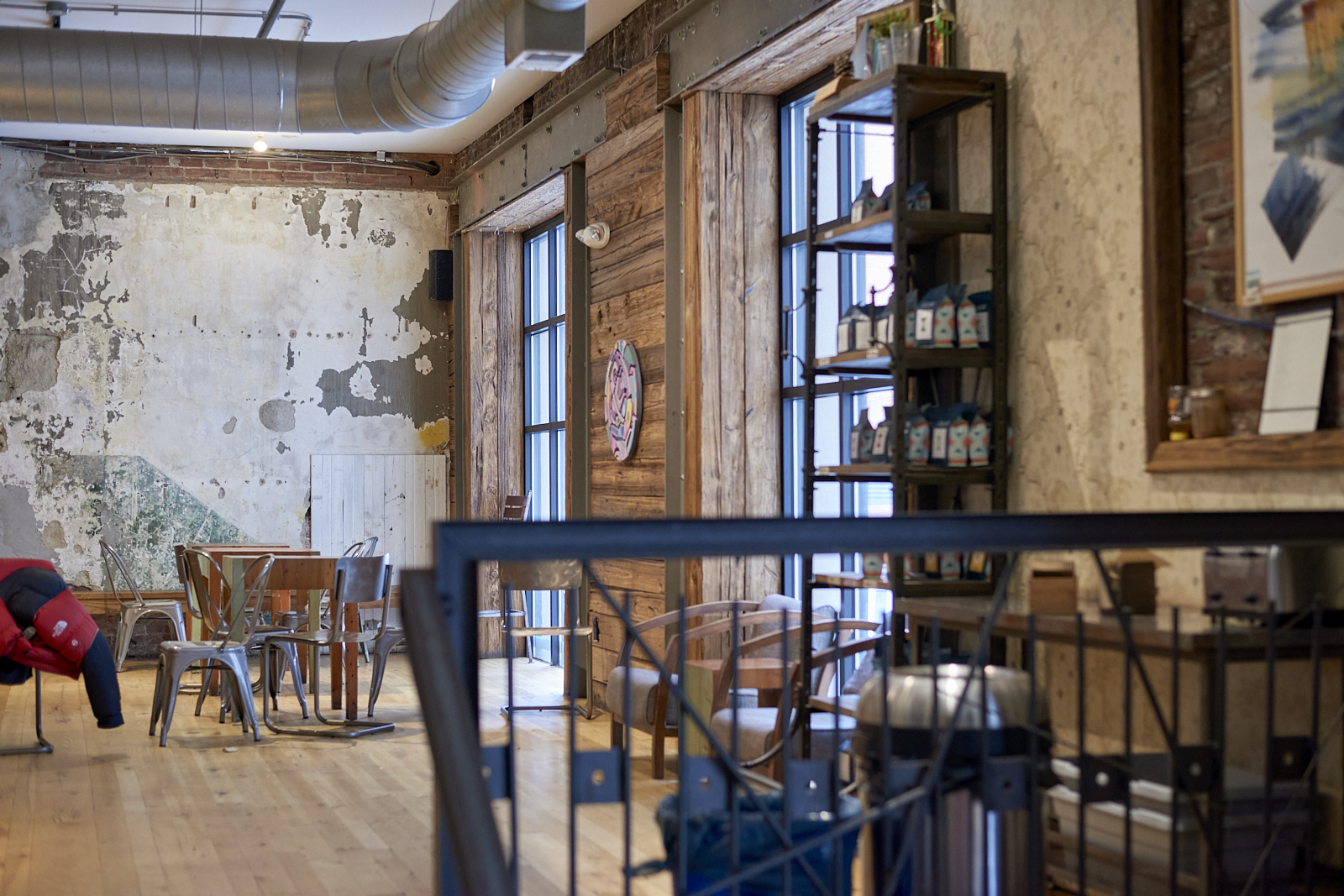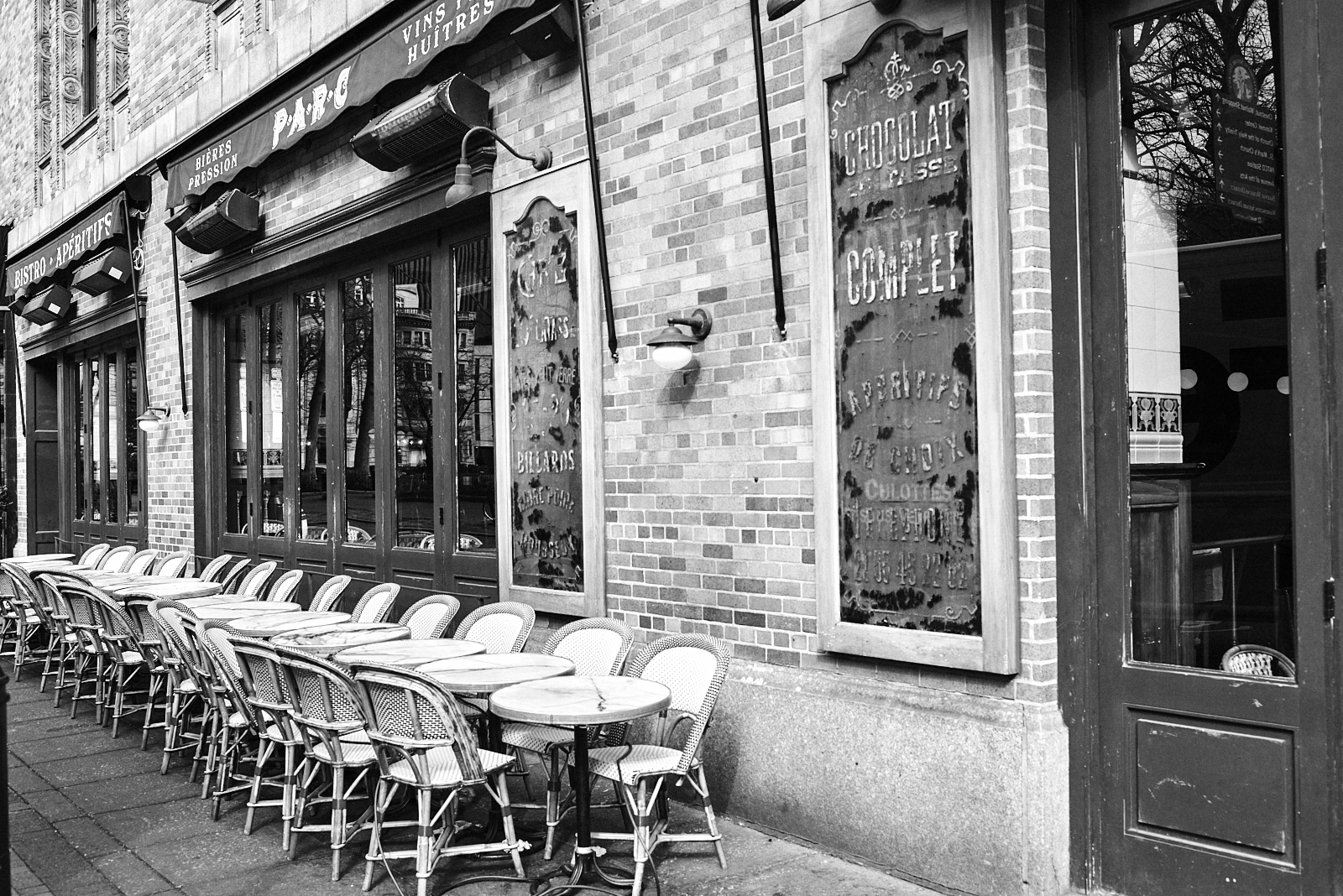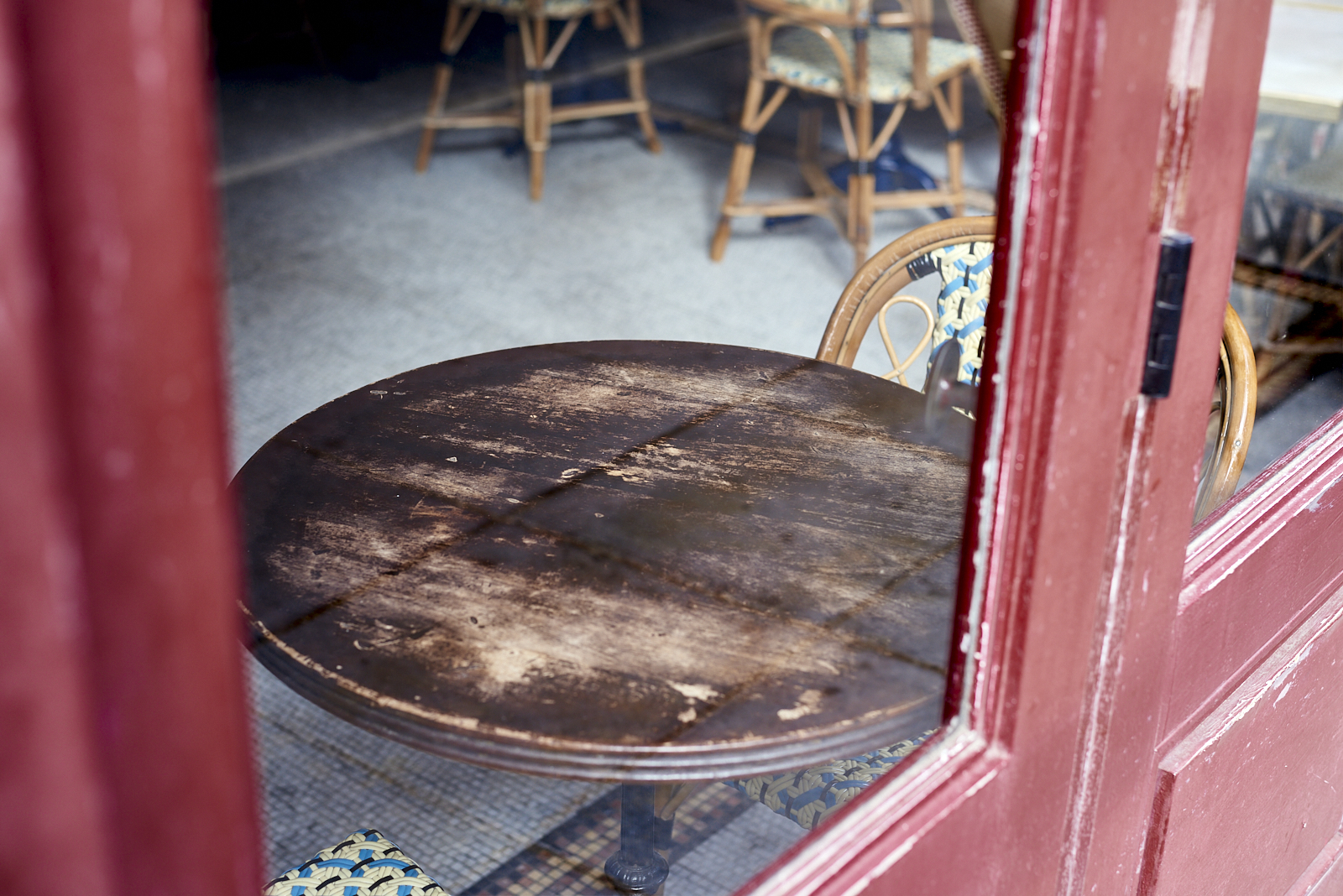It was early, sometime around 7:00 AM. She sat there swiping at her phone, her bright red dress blazing against the grey stone. The only movement was her finger, flicking up and down on her phone’s screen. Her partner was a flurry of activity, directing the bride and groom where to stand, how to pose, which direction to look. He moved them around the courtyard and the parapet and the stairs. For more than an hour he took photos. For more than an hour she sat there, leaning against a decorative column.
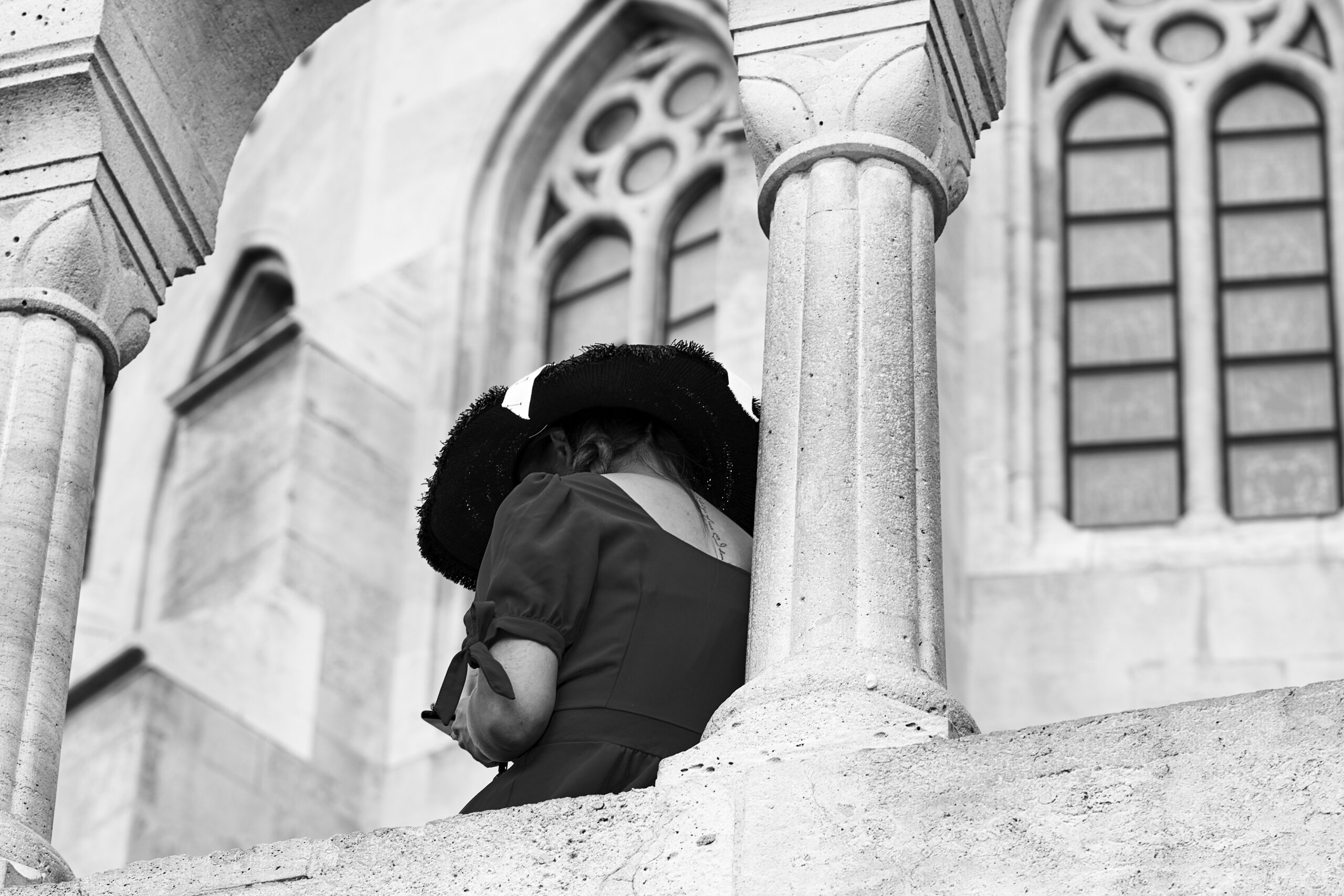
This photo recalls all that we’ve lost in the last year or so. This woman is no longer allowed to visit the city — like me, she was a visitor to the city. Her partner is no longer taking photos of such weddings, luxury destination weddings. Travel restrictions, both domestic and foreign, have halted such extravagances. At least her phone works today just as it did that morning when she ignored the beautiful foreign city around her.
